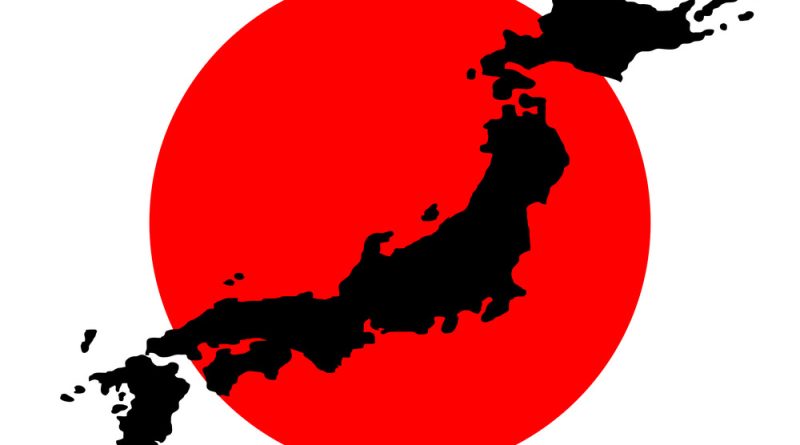Japan’s Semiconductor Surge: A Swift and Strategic Triumph in Global Chip Production
In a remarkable turn of events, Japan has surged ahead in the global semiconductor manufacturing race, marking a significant milestone with the early completion of a new chip fabrication facility. This achievement is underscored by the collaboration between Taiwan Semiconductor Manufacturing Co. (TSMC) and Sony Group Corp., highlighting Japan’s strategic positioning and adaptability in the face of global supply chain vulnerabilities and geopolitical shifts.
The Kumamoto fab, set to begin mass production within the year, represents a pivotal early victory for Japan. This comes at a time when nations worldwide are vying to bolster their domestic chip production capabilities, a push that gained momentum amid the Covid-era disruptions and escalating geopolitical tensions. Unlike the setbacks TSMC faced in the United States, where the launch of two Arizona facilities was delayed due to labor disputes and subsidy allocation issues, Japan’s project has advanced swiftly and efficiently.
The success of the Kumamoto facility can be attributed to a harmonious blend of factors: robust government backing, adherence to strict construction timelines, and a dedicated workforce that mobilized from across the nation, working tirelessly to meet ambitious deadlines. Central to this endeavor has been the partnership with Sony, a strategic move that facilitated smooth progress through shared expertise and resources.
Japan’s proactive approach, spearheaded by the Ministry of Economy, Trade, and Industry (METI), was catalyzed by the acute recognition of the vulnerabilities in global supply chains exposed by the pandemic. The ambition to entice semiconductor giants like TSMC, Samsung Electronics, and Micron Technology with substantial subsidies has borne fruit, with TSMC expressing intentions to expand its presence in Japan further.
This venture between TSMC and Sony, rooted in years of collaboration, represents a deepening of ties with significant implications for the global semiconductor landscape. The project’s success is not just a testament to the technical and operational capabilities of the involved parties but also to the strategic foresight of Japanese policy and its ability to adapt to and capitalize on global economic trends.
The journey towards establishing the Kumamoto fab was marked by strategic decisions and collaborations that exemplify Japan’s renewed vigor in the semiconductor arena. From securing Sony’s involvement as a minority shareholder to navigating the challenges of construction and workforce management, the project’s stakeholders demonstrated remarkable coordination and dedication.
The broader implications of Japan’s success extend beyond the immediate economic and technological benefits. By establishing a more resilient and diversified global semiconductor supply chain, Japan is positioning itself as a pivotal player in a sector that is crucial to the future of global technology and security. This development marks a significant chapter in Japan’s industrial narrative, signaling a resurgence in its semiconductor sector and showcasing its potential to influence the global tech landscape profoundly.
As Japan continues to build on this success, the lessons learned and the partnerships forged through the Kumamoto fab project will undoubtedly play a crucial role in shaping the future of semiconductor manufacturing, both within the nation and in the broader global context. Japan’s early victory in the chip-making race not only underscores its technological and industrial capabilities but also highlights its strategic acumen in navigating the complex geopolitics of today’s world.

